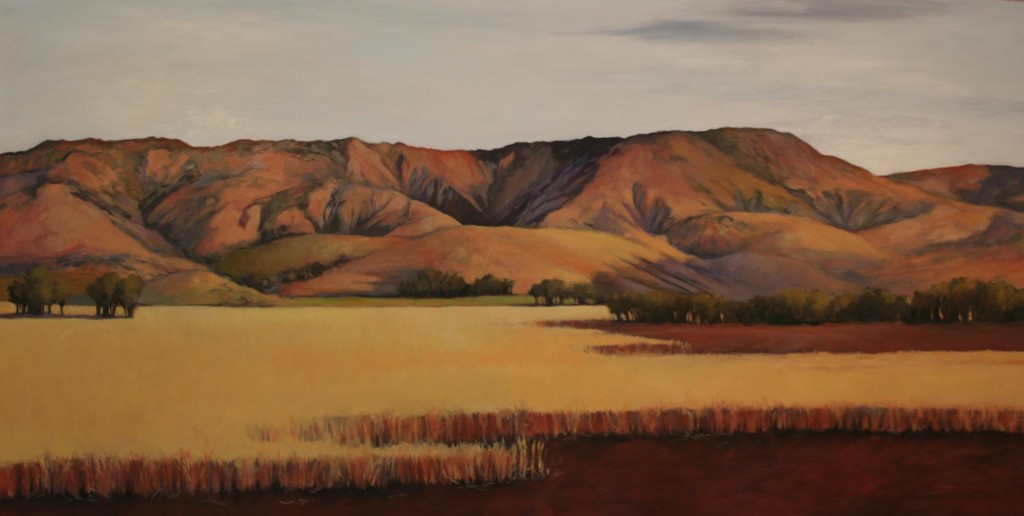Pasta e ceci, or past-uh-cheech-u-ruh as it is known here, is probably our favorite pasta dish. But it is not everyone’s, and there might be a bit of a taste “learning curve” for many. Cooked chick peas have a complicated flavor, and while they absorb some of this from their cooking liquid, they maintain that leguminous “soil” taste which you either love or hate. We love it.
I always appreciate a good hummus , and falafel is also really good, but as they say here in the south, “La morte sua”* is in the form of this recipe which we all love.
—–Ingredients for four:
1/2 cup of minced celery, carrot, and onion
1/3 cup extra virgin olive oil
two cans cooked chickpeas
one medium ripe tomato
two garlic cloves
about 3/4 pound (not quite a whole package) of dry tagliatelle, or any flat and thin pasta
salt and pepper, Q.B.**
If you are a dedicated cook, someone who plans ahead (bless you!) you can start a day or two early with dry chickpeas and get them soaking. Change the water often. It may take from 24 to 36 hours of soaking to get them softened enough for cooking, depending on their age. But I am a short-attention-span type, so I buy the canned ones that are already cooked and soft in their own liquid. Make sure there is no added flavoring. I think it is detestable that tomato sauces and other canned veggies are often degraded with added flavorings in the U.S…What, is it too difficult to add roasted garlic or salt yourself?
Start with a soffritto of finely minced celery*** onion and carrot, about a half of a cup, maybe a little more. Saute these in a third cup of olive oil until softened. I know that seems like a lot of oil, but remember, the olive oil in Italian cooking is an integral part of the flavor and mouth-feel of the dish, not just a lubricant to keep it from sticking to the pan! Cook the soffritto gently, until translucent. Don’t let it burn!
At this point, add one large chopped and peeled tomato to the pot. If you want to be a stickler and pick the seeds out then be my guest, but I have never been quite so dedicated to perfection. Tomatoes are often used in small quantities in Italian cooking, to add acidity as much as flavor. They are not necessarily the star ingredient of the dish. A couple of minced garlic cloves, generous pepper, a bay leaf, and the two cans of chickpeas with their water then are added. Add two more cans of water. Get it simmering and taste for saltiness. It needs to be well-salted because the pasta that will be added will need to absorb plenty of salt.
This is a mixture that will burn, so don’t toddle off to another room and start working on your taxes! Few things are nastier in a dish than burned legumes. This “soup” will begin to break down into a nice velvety mix in about half an hour. At this point I give it a little nudge by whacking it with my “Mini Pimer” (stick blender) just enough to break up about half of the chickpeas.
Taste again for salt, and take your flat pasta (tagliatelle or nested noodles made with hard wheat, no egg please, although…****) and break it up with your hands before dumping it directly into the pot. Now you will have to stand over it and stir, there is no escape, otherwise it will stick and burn. After about five minutes you can turn off the heat and cover the pot. Check the liquid level frequently, because the pasta will drink up an incredible amount in no time. When the pasta has soaked up most of the liquid and when it is “al dente” it is ready to serve. The consistency should be about the same as gooey mac and cheese.
As always, I admit to nonconformist behavior at the Italian table: I love to add grated Grano Padano to this dish. My husband sneers as he adds (I kid you not) about a cup of freshly-ground pepper to his, so we each have our personal preferences, as any married couple should! I also like to add a generous dribbling of homemade jalapeno chap-your-ass hot sauce to mine!
Enjoy!!
*(“Its ideal death,” meaning roughly, ” The best way for it to go.”)
**”Quanto Basta” which means “as much as it takes.”
***I am frustrated that the part of the celery that I need for my recipes is often amputated before it even gets to the market. As much of this mixture should be made of the leaves of the celery stalk as is humanly possible.
****However we have found that pasta all’ uovo doesn’t ruin the recipe, and actually it is quite good made with egg pasta. Try it!











